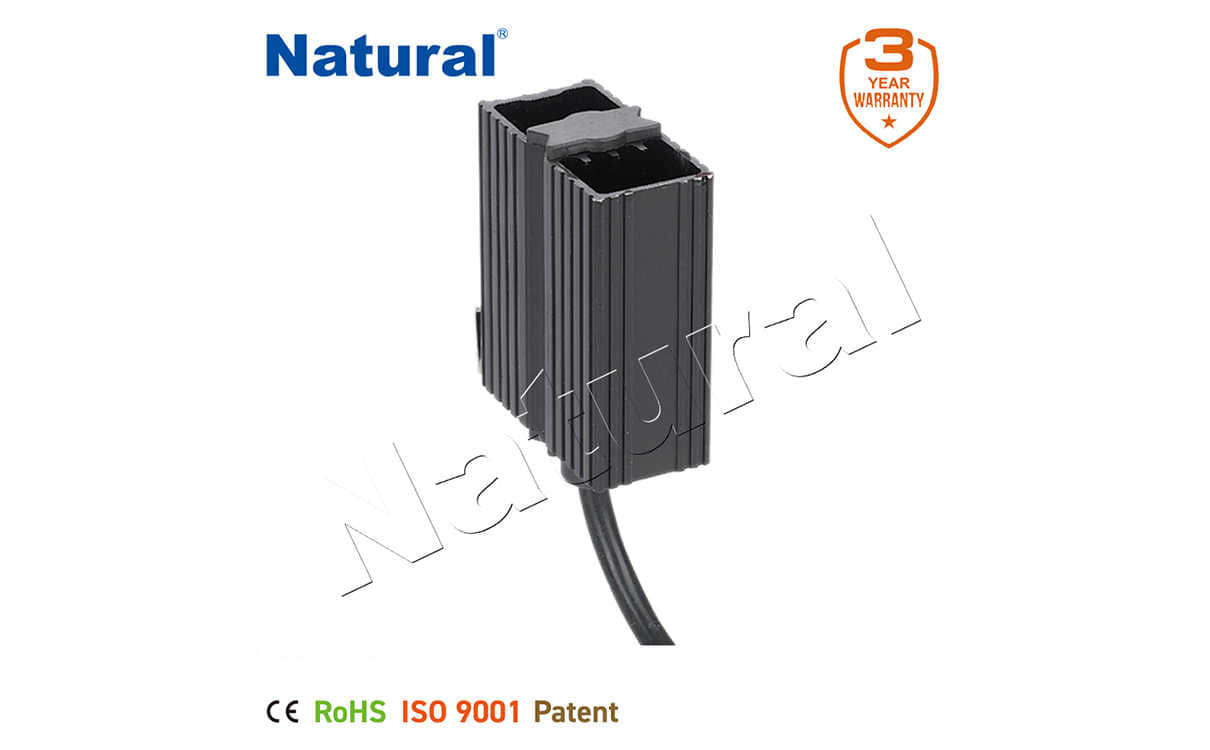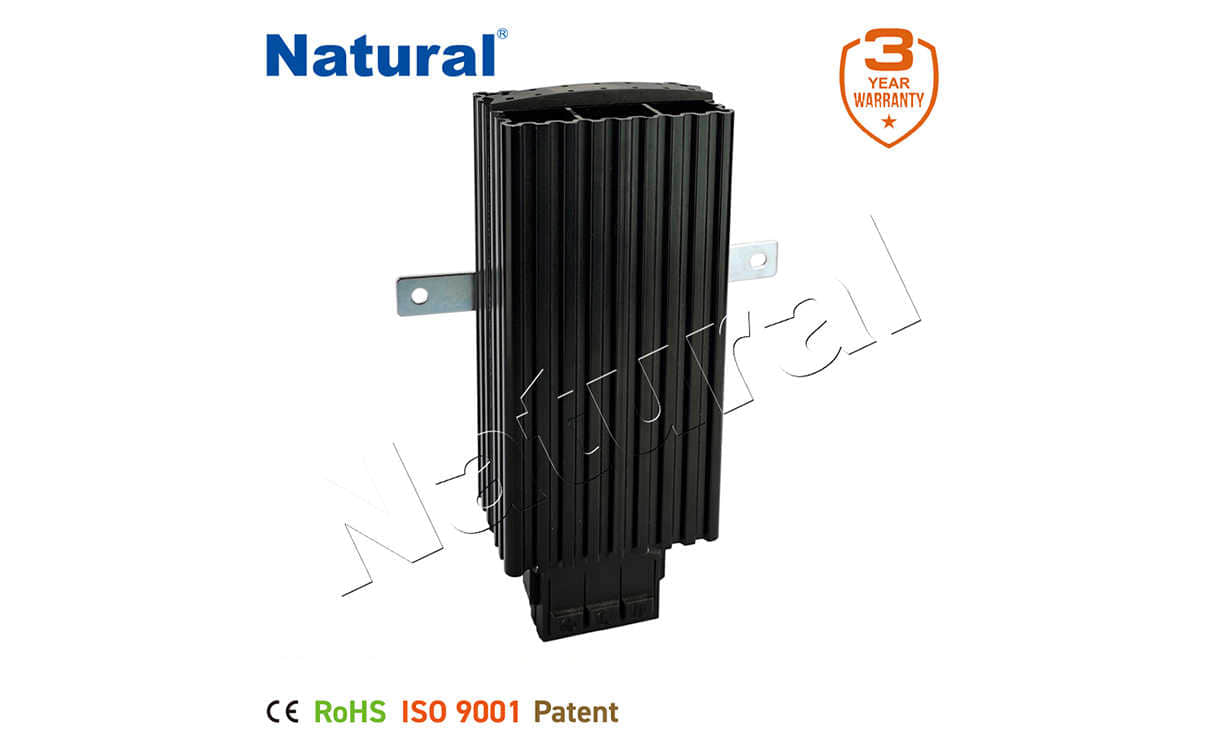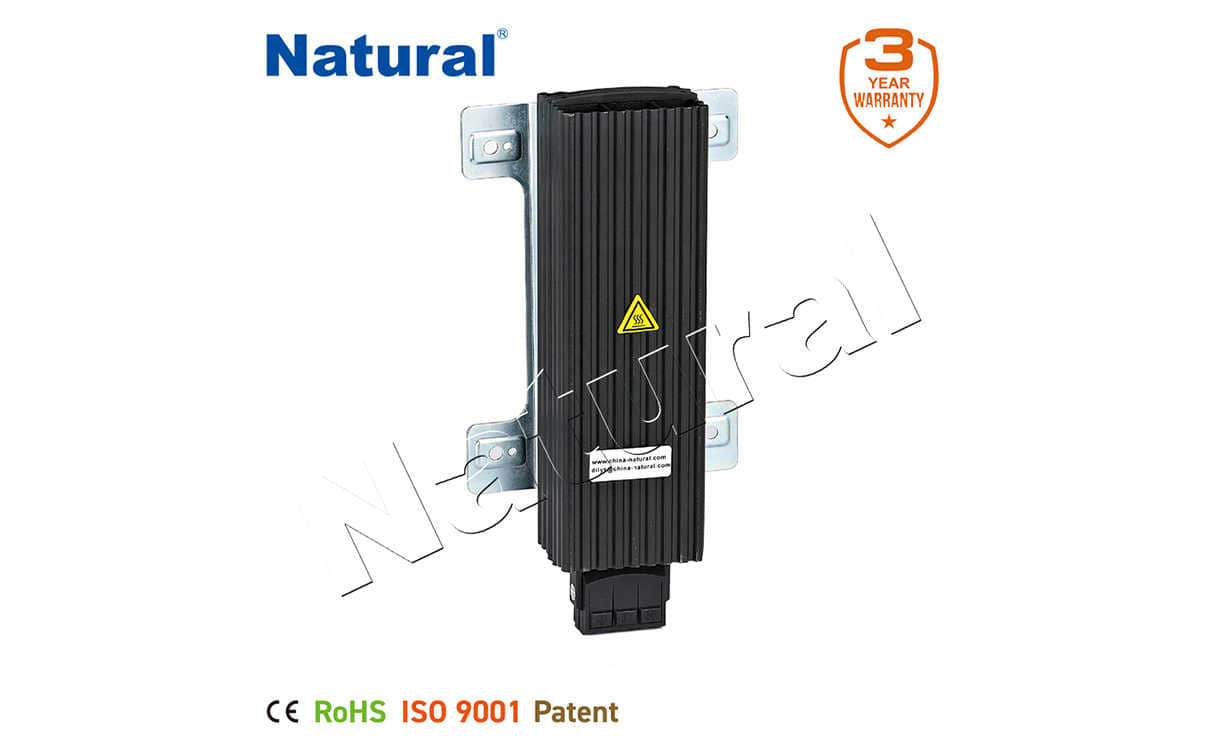understanding ptc heater elements: technology, advantages, and applications
Release time:2025-10-19 06:56:55
PTC heater elements, or Positive Temperature Coefficient heater elements, are becoming increasingly popular in various heating applications due to their unique self-regulating properties and safety features. Unlike traditional resistive heating elements, PTC heaters use materials that automatically adjust their electrical resistance in response to temperature changes. In this article, we will explore the basic technology behind PTC heater elements, their advantages, and the wide range of applications that benefit from their use.

What is a PTC Heater Element?

A PTC heater element is typically made from semiconductor materials like barium titanate (BaTiO₃), which exhibit the phenomenon of positive temperature coefficient. This means that as the temperature of the material rises, its resistance increases significantly. At lower temperatures, the resistance is low, allowing current to flow freely and the heater to generate heat quickly. As the temperature reaches a certain threshold, known as the Curie temperature, the resistance rises sharply, reducing the current flow and, thus, limiting the heat generation.

 28 items Patent
28 items Patent
 28 items Patent
28 items Patent
 28 items Patent
28 items Patent










